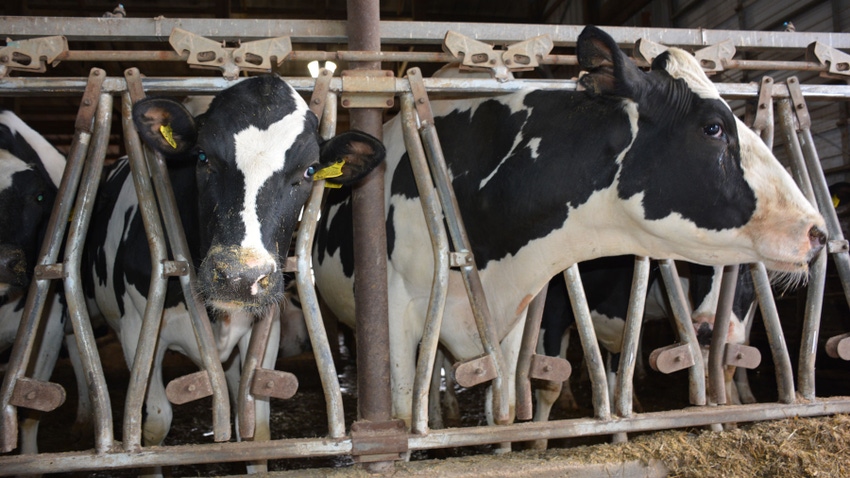June 28, 2023

Healthy cows create healthy dairy products, and Minnesota Department of Agriculture Commissioner Thom Petersen recently released a list of 93 dairy herds in the state with low somatic cell counts.
Somatic cell count is a key indicator of milk quality — a lower SCC count is better for cheese production and provides a longer shelf life for bottled milk. The farms making the list are recognized for superior herd management skills by achieving an average SCC of under 100,000.
“I’m honored to recognize these dairies for their dedication to quality and excellence,” Petersen says. “Minnesota’s dairy farmers provide the state and the world with high-quality, wholesome dairy products for us all to enjoy.”
Although somatic cells occur naturally and are not a food safety concern, dairy farmers monitor them because they can be used as a measure of the health of their cows. Processors also pay a premium for milk with low counts. A farmer whose herd has a very low count can receive a higher price per cwt compared to a farmer whose herd average is high.
Minnesota Department of Agriculture and University of Minnesota dairy experts have worked with the state’s dairy farmers for 20 years to lower somatic cell counts. When the initiative began in 2003, the herds honored that year included those with SCC averages as high as 144,000, compared to the current goal of obtaining an SCC under 100,000.
Visit bit.ly/mdhlowscc to see which Minnesota dairy farms made the low-SCC list. Producers are nominated by their dairy plants.
Source: Minnesota Department of Agriculture
You May Also Like




